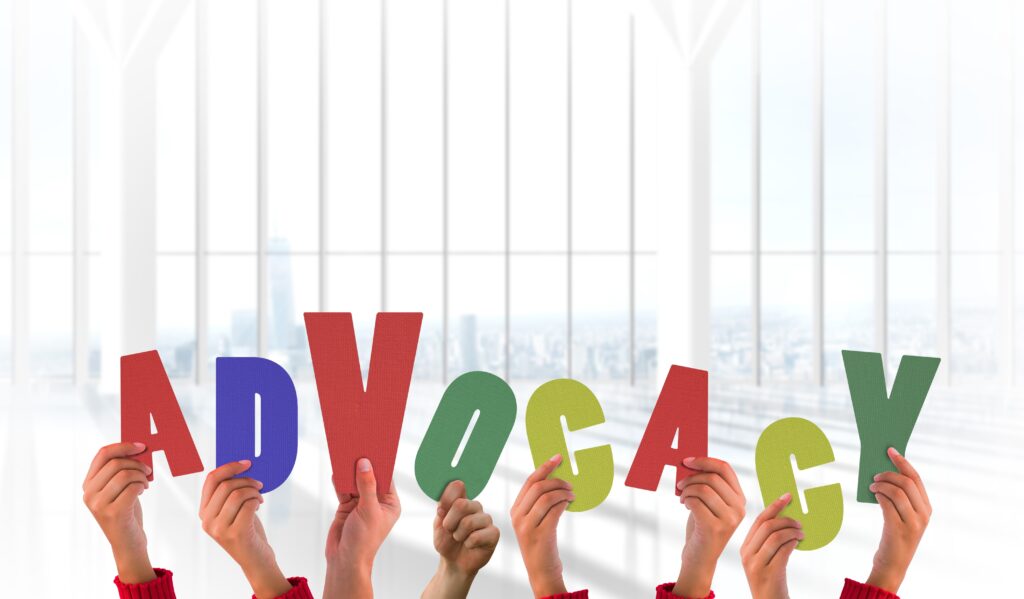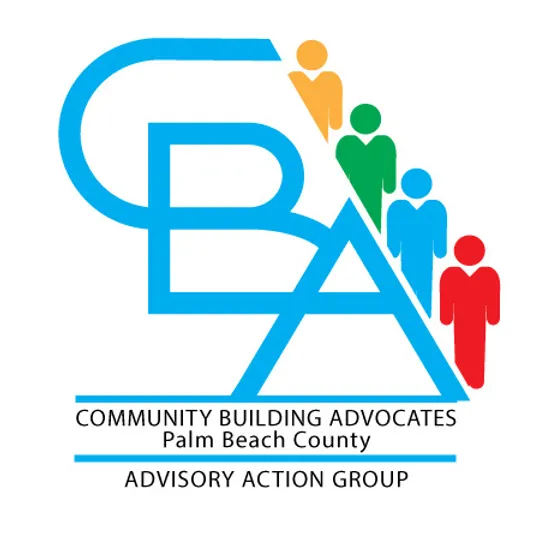
This pillar refers to itself as the CBA (Community Building Advocates). They address the issues of access to quality healthcare through empowering people living with HIV to learn how to advocate for themselves. They work to influence the decisions of providers, funding agencies, researchers, community partners, and policy makers on the local, state, and federal level. This outreach is led by Denise (picture and bio). We find ourselves underrepresented in the decision-making institutions, boards of directors, or executive positions, reminiscent of the earliest days of the virus. Yet we have the knowledge, experience and wisdom to make a meaningful contribution to the discussions and programs affecting our lives. This requires long-term survivors to speak up and demand a seat at the table. Not just an advisory board for show, but meaningful inclusion about matters related to our lives.
As HIV activists, we hear a lot about “key populations,” disparities” and “bridging the gaps.” The conversation usually revolves around gender, gender expression, race and poverty and the roles they play in people with HIV lives. But the topic of Aging and HIV isn’t brought up. Why is it that the largest key population — Older Adults with HIV — is never included in these gaps? Why do older people with HIV receive the least attention, funding, and focus? The assumption is that we have regained our physical well-being and no longer need support, attention, or resources, that we have new medications and are doing fine. That is far from our lived reality.
